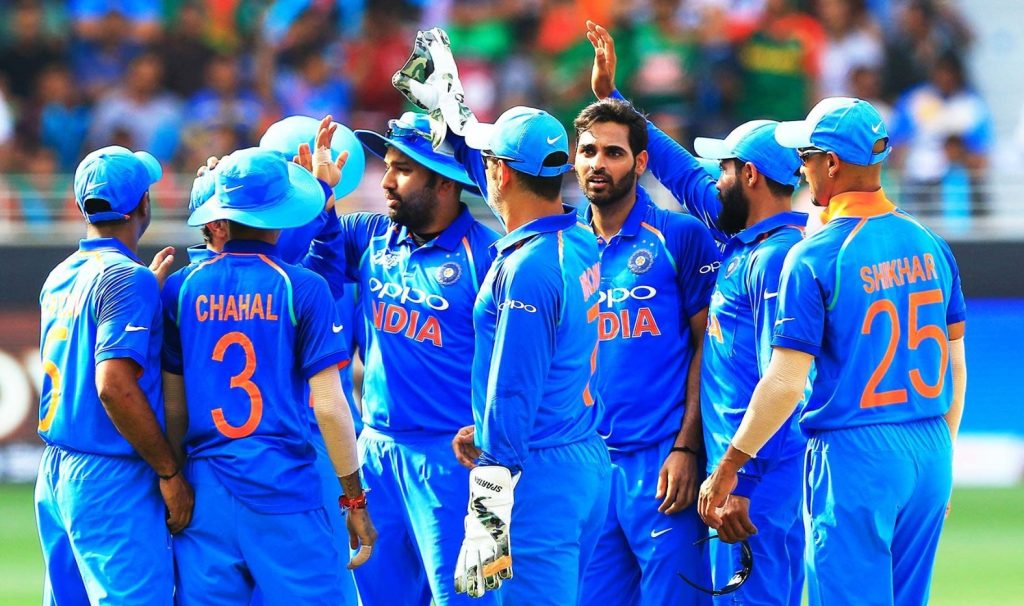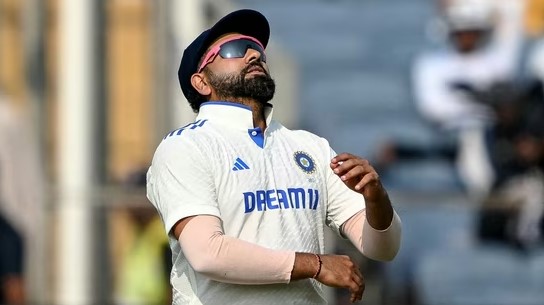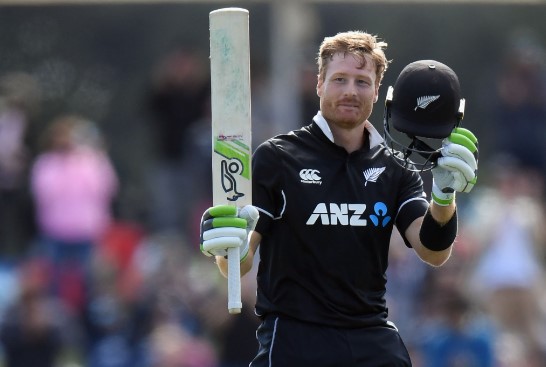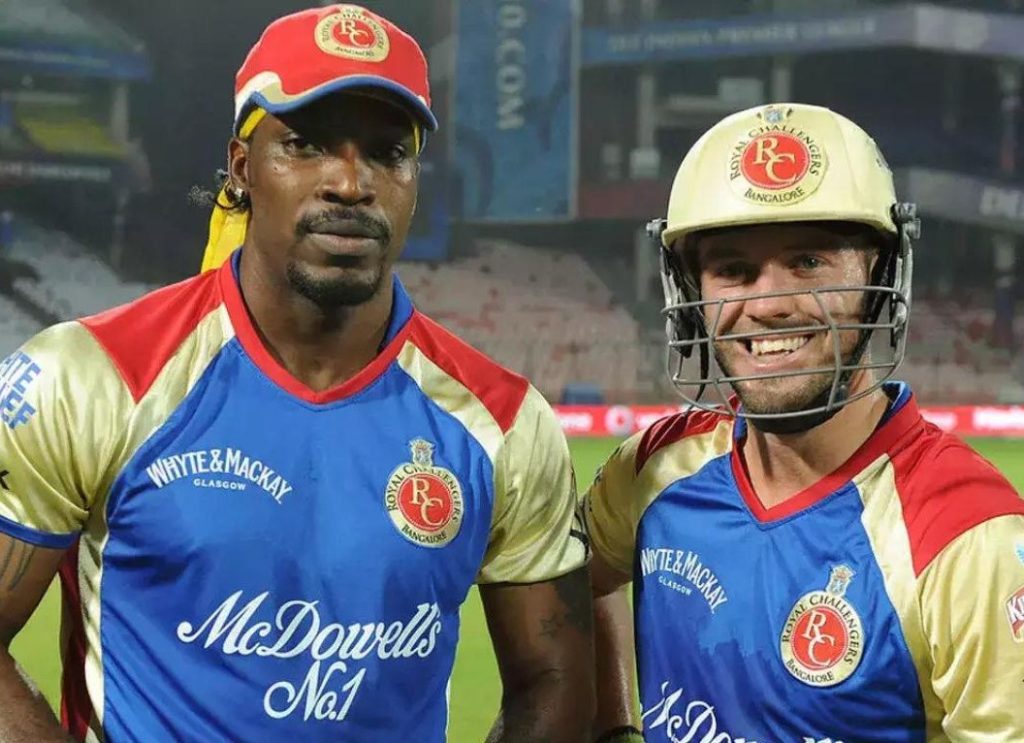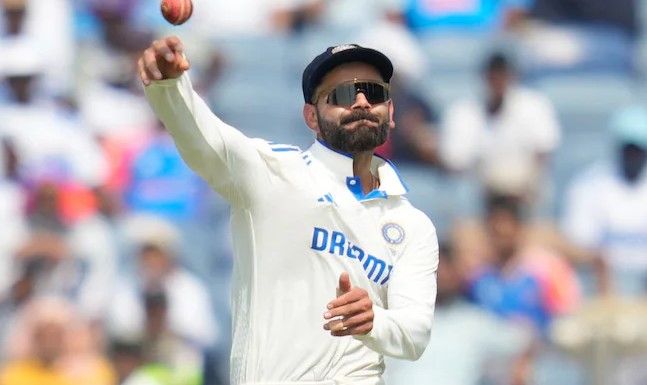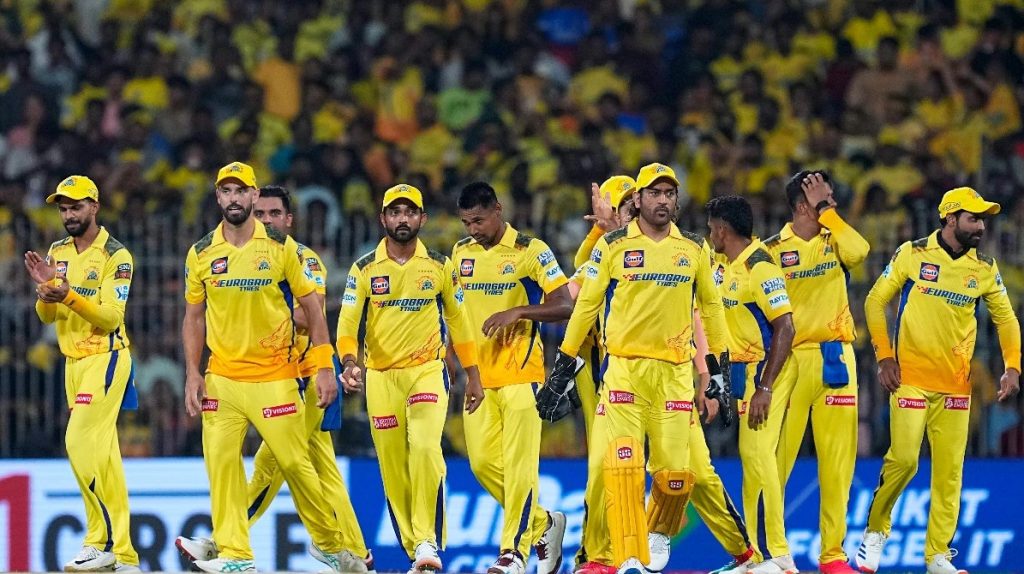One of the most exciting milestones in One-Day International (ODI) cricket is crossing the 300-run mark in an innings. Teams that score 300 or more runs in an ODI match typically dominate the game, as it is considered a formidable total that puts significant pressure on the opposition. Throughout the history of ODI cricket, certain teams have regularly breached this 300-run threshold, establishing themselves as powerful batting units.
In this article, we will explore the teams that have scored the most 300-run innings in ODIs, their record-breaking performances, and the factors that have contributed to these achievements.
1. Overview of Teams Scoring 300+ Runs in ODIs
The ability to score 300 or more runs in an ODI has become increasingly common, especially with the evolution of modern cricket and changes in playing conditions such as flatter pitches, shorter boundaries, and advanced batting techniques. While traditionally, a total of 300 runs was seen as an extremely challenging target, in recent years, teams have consistently reached or surpassed this milestone.
Below is a list of the top 5 teams with the most 300-run scores in ODI cricket, as of December 2024.
2. Most 300-Run Scores in ODI Cricket by a Team
| Rank | Team | Number of 300+ Scores | First 300+ Score | Most Recent 300+ Score | Highest Total (Runs) | Date of Highest Total |
|---|---|---|---|---|---|---|
| 1 | India | 109 | 314/3 vs. Sri Lanka | 385/9 vs. West Indies | 418/5 vs. West Indies | December 2023 |
| 2 | South Africa | 68 | 301/6 vs. India | 358/4 vs. Australia | 439/2 vs. West Indies | January 2015 |
| 3 | Australia | 67 | 301/5 vs. New Zealand | 374/6 vs. New Zealand | 417/6 vs. Afghanistan | March 2015 |
| 4 | England | 66 | 305/4 vs. Australia | 368/5 vs. New Zealand | 481/6 vs. Australia | June 2018 |
| 5 | New Zealand | 51 | 303/5 vs. South Africa | 371/9 vs. Australia | 402/2 vs. Ireland | March 2015 |
3. Factors Contributing to High-Scoring ODIs
Several factors have contributed to teams regularly crossing the 300-run barrier in ODIs:
3.1. Evolution of Batting Techniques
The aggressive approach by modern-day batsmen, who are more willing to take risks and play attacking shots throughout their innings, has led to higher scores. The development of shots like the scoop, reverse sweep, and switch-hit, along with improved fitness and muscle power, has significantly raised the ability to score quickly.
3.2. Improved Equipment
Advancements in bat design and the use of lighter, stronger bats have made it easier for players to strike the ball powerfully. Moreover, modern cricket bats offer a larger sweet spot, allowing players to clear the boundaries more frequently.
3.3. Playing Conditions
Changes in playing conditions, such as flatter pitches and shorter boundaries, have made it easier for batsmen to score heavily. The introduction of day-night matches has also meant that the ball behaves more predictably under lights, aiding aggressive batting.
3.4. Fielding Restrictions
Fielding restrictions during the first 10 overs (Powerplay 1) and subsequent periods (Powerplay 2 and 3) have contributed to higher scores. The first 10 overs allow only two fielders outside the 30-yard circle, while later overs increase the number of fielders allowed outside, but the offensive mindset of batsmen is encouraged in these phases.
3.5. Increased Depth in Batting
Most teams today have a long batting line-up with multiple capable all-rounders and lower-order batsmen. This depth allows the top order to take calculated risks, knowing there is support down the order to back them up if the innings falters.
4. Key Milestones and Record-Breaking Performances
Some notable performances and record-breaking innings in ODI cricket that led to teams scoring over 300 runs include:
India’s Historic 418/5 (vs. West Indies in 2023)
India’s 418/5 against the West Indies in December 2023 remains the highest team total in ODI cricket since the introduction of power-hitting and aggressive batting strategies. Led by outstanding contributions from Shubman Gill and Hardik Pandya, India’s total was a testament to the modern batting revolution in ODI cricket.
South Africa’s 439/2 (vs. West Indies in 2015)
South Africa’s mammoth 439/2 against the West Indies in January 2015, the highest total by any team at the time, was anchored by the incredible knock of 162* from AB de Villiers. His blistering innings included 8 sixes and set a new benchmark for aggressive batting in ODIs.
Australia’s 417/6 (vs. Afghanistan in 2015)
In the 2015 World Cup, Australia posted 417/6 against Afghanistan in a match that demonstrated their unrelenting approach to ODI batting. Australia’s depth in batting was on full display, with big hitters like David Warner, Steven Smith, and Glenn Maxwell contributing to the score.
England’s 481/6 (vs. Australia in 2018)
England’s record-breaking 481/6 against Australia in 2018 set the world record for the highest-ever team total in ODIs. This performance was a prime example of England’s aggressive strategy under captain Eoin Morgan, which revolutionized the way ODIs were played globally.
5. Impact of High Team Totals in ODI Cricket
High team totals have become increasingly common in modern ODI cricket. The ability to score over 300 has shifted the dynamics of the game, with teams now setting higher targets and bowlers facing more pressure than ever before. This has led to several key impacts:
5.1. Pressure on Bowlers
With the increase in high totals, bowlers are under immense pressure to adapt and innovate. The focus has shifted towards containing runs in the middle overs and taking wickets in the latter part of the innings to slow down the run rate.
5.2. Changing Tactics in Chasing
Chasing 300+ totals has become a norm in modern ODIs. Teams have adapted their approach to be more aggressive right from the start of the innings, with the mindset of keeping up with the required run rate, often relying on power hitters to finish off the chase.
5.3. Influence on ODI Strategy
The increase in high totals has also influenced strategies. Teams are more inclined to play an attacking brand of cricket with the aim of scoring quickly. Batting-friendly pitches, which produce high scores, have become more common in modern ODI cricket.
6. Conclusion: The Changing Landscape of ODI Cricket
The 300-run mark, once considered a daunting total, has now become a regular feature of modern ODI cricket. Teams like India, South Africa, Australia, and England have set high standards by frequently crossing the 300-run barrier. With advances in equipment, fitness, batting strategies, and fielding regulations, scoring 300 runs is now an achievable target for many teams. As the game continues to evolve, it is likely that the 300-run mark will continue to be a benchmark for success in ODIs, with teams pushing the boundaries of what is possible.
The teams mentioned above, with their remarkable consistency in posting 300+ scores, are not only reshaping the game of ODI cricket but also setting new standards for future generations to follow.

